- News
- Reviews
- Bikes
- Accessories
- Accessories - misc
- Computer mounts
- Bags
- Bar ends
- Bike bags & cases
- Bottle cages
- Bottles
- Cameras
- Car racks
- Child seats
- Computers
- Glasses
- GPS units
- Helmets
- Lights - front
- Lights - rear
- Lights - sets
- Locks
- Mirrors
- Mudguards
- Racks
- Pumps & CO2 inflators
- Puncture kits
- Reflectives
- Smart watches
- Stands and racks
- Trailers
- Clothing
- Components
- Bar tape & grips
- Bottom brackets
- Brake & gear cables
- Brake & STI levers
- Brake pads & spares
- Brakes
- Cassettes & freewheels
- Chains
- Chainsets & chainrings
- Derailleurs - front
- Derailleurs - rear
- Forks
- Gear levers & shifters
- Groupsets
- Handlebars & extensions
- Headsets
- Hubs
- Inner tubes
- Pedals
- Quick releases & skewers
- Saddles
- Seatposts
- Stems
- Wheels
- Tyres
- Health, fitness and nutrition
- Tools and workshop
- Miscellaneous
- Cross country mountain bikes
- Tubeless valves
- Buyers Guides
- Features
- Forum
- Recommends
- Podcast
BUYER'S GUIDE
 7 bump-taming road bikes Nov 2021
7 bump-taming road bikes Nov 20217 bump-taming road bikes that help stop your hands and bum getting battered
Ever more manufacturers are adding features to road bikes to deal with bumps and vibration. Here’s a look at the technology that’s out there to help you make the right buying decision.
-
Comfortable is fast: by reducing the fatiguing bumps and bangs that get through to your body, shock-absorbing bikes can keep you going faster for longer
-
Eschewing the sliding forks and suspension with pivots and shocks that add weight to mountain bikes, most shock-absorbing road bikes use clever frame design and materials to dissipate shock
-
Bikes like the Specialized Roubaix and Pinarello Dogma K10S use super-minimal mechanical shock absorbers that nevertheless keep them looking and riding like road bikes
-
Many shock-absorbing bikes use flexible seatposts to improve comfort, a trick you can also use on your own bike
7 of the best shock-absorbing road bikes
- Specialized Roubaix 2021 — £2,899.99 - £11,200.00
- Pinarello Dogma K10S eDSS — £6,500.00 (frame, fork, headset & seatpost)
- Trek Domane — £2,325.00 - £11,600.00
- Trek Madone — £4,700.00 - £12,500.00
- Lapierre Pulsium — from £1,799.00
- Bianchi CounterVail bikes — £4,780.00 - £11,999.00
- Cannondale Synapse — £1,100.00 - £7,000
We’re not talking about suspension when it comes to road bikes. At least, not suspension in the mountain bike sense with several inches of travel at both the front and rear. No, when it comes to road bikes we’re talking about design features that are intended to soften the ride just a touch.
Why would you want that? First of all, for comfort. Everyone wants to feel comfortable when they’re riding their bike, right? Life’s just better that way.
Second, you can have more control over your bike if you’re not being jolted around or bounced out of the saddle. As well as adding safety, that can lead to increased speed: “smoother is faster”, as Specialized is fond of reminding us.
Third, and kind of related, all those little bumps can gradually lead to fatigue over the course of a long ride, sapping your energy.
So what bump-taming features are out there?
Specialized Roubaix 2021 — £2,899.99 - £11,200.00
Specialized has been in the vanguard of the bump-absorbing road bike trend for quite a few years now with the Roubaix series bikes. Endurance bikes to the core, Roubaix models feature a fork shock absorber Specialized calls Future Shock and the bump-taming S-Works Pavé seatpost.
Future Shock is essentially a spring inside the headset that allows the bars and stem to move up and down. There are interchangeable springs for riders of different weight. It can give up to 20mm of travel.
As of the 2020 model year there are two variants of the Future Shock. The more expensive Roubaix models get the new Future Shock 2.0, with on-the-fly adjustment and a hydraulic damper while the Comp and Sport get the Future Shock 1.5, with a lighter and more progressive spring than the first Future Shock and new bottom-out and top-out bumpers to improve the control.
When he took it for a spin over the cobbles of the Paris-Roubaix road race, Dave Arthur found "Over the ferocious pavé of the Arenberg and other key sectors that make up the classic route, the new Roubaix was deeply impressive. It was comfortable, shielded my body from the brutal impact forces, and above all was fast."
And it was the same story on Britain's weather-ravaged lanes. "The Future Shock works overtime to smooth out the wrinkles, cracks and holes that are abundant on my local roads, and which on a stiff race bike can lead to a bumpy ride," Dave wrote.
Under your bum all the new Roubaix bikes provide you with an S-Works Pavé carbon fibre seatpost, which Specialized says provides as much shock-absorbing movement as the old CGR post but is 80g lighter and looks like a regular seatpost.
Pinarello Dogma K10S eDSS — £6,500.00 (frame, fork, headset & seatpost)
The Dogma K10S features what Pinarello calls its eDSS 2.0 shock between the seatstays and the seat tube, with travel that relies on flex in the chainstays. It's an evolution of the previous K8S, with the addition of some clever electronics to control the suspension behaviour, and disc brakes to handle the all-important job of slowing you down.
The centimeter of available suspension travel, achieved via an elastomer spring and hydraulic damper, can be locked out for smooth road sections and activated when the going gets rough. The previous bike offered adjustment but not on the move. As well as simply locking and unlocking the suspension, you can also choose between a firm or softer setup to suit the road conditions.
We’d say that this type of suspension is really only suitable for something like cobbles (which is what Pinarello have in mind) or gravel roads. It would be overkill for decent Tarmac.
Read about the launch of the Pinarello Dogma K10S Disc.
Trek Domane — £2,325.00 - £11,600.00
Trek has been including an IsoSpeed decoupler in its Domane endurance bikes for a few years. For 2020, Trek turned it up to 11, with a more tuned version of Isospeed on the high-end SLR models, and whopping amounts of tyre clearance so you can go for even more cushioning and grip.
What the hell is an IsoSpeed decoupler? If you have a couple of minutes (a minute and 45 seconds, to be precise), this video from the time it was launched tells you everything you need to know.
In short, the seat tube isn't welded to the top tube/seat stay junction. The IsoSpeed itself consists of a bearing on either side, with a bushing forming the mechanical attachment between the top and seat tubes; this allows the whole length of the seat tube to flex under load, reducing the amount of road shock that gets transferred up to the rider.
When we reviewed the carbon fibre Trek Domane SLR 6, we said it was "incredibly smooth, filtering out the most severe vibrations on all sorts of rough roads, gravel tracks and cobblestones.”
The most affordable Domane with Isospeed in Trek’s 2021 lineup is the carbon-framed £2,325 Domane SL4. There are cheaper Domane models with aluminium frames, but they don't have the Isospeed decoupler and we think Trek is a bit cheeky to bill them as Domanes without it. At the other end of the scale there's the £11,200 Domane SLR 9 Disc eTap P1 with SRAM eTap electronic shifting and Project One custom paint.
Trek Madone — £4,700.00 - £12,500.00
Trek has transferred the IsoSpeed decoupler technology over to the Madone. You don’t get as much movement at the saddle as you do with a Domane but the difference from a standard road bike is appreciable.
We said, “If you're familiar with riding a full suspension mountain bike, it's nothing at all like that. Not in the same county. But the IsoSpeed system does smooth over the lumps and bumps to an appreciable degree. The effect is subtle, but it is noticeable.”
Read our Trek Madone 9 Series Project One review
For 2021 Trek has taken the OCLV 800 carbon developed for the new Emonda SLR and used it for the Madone SLR, saving 80g from the frame. With other new details like the integrated Aeolus RSL VR-C bar/stem and Aeolus RSL 37 wheelset, Trek says the Madone SLR can be 450g lighter than the previous model.
The problem is, the cheapest Trek Madone bike, the Madone SL 6, is priced at £4,600. Look away if you're of a squeamish nature: the top model Madone SLR 9 Disc eTap will set you back £13,200. At least you can get it in a wide choice of amazing paint jobs.
Lapierre Pulsium — from £1,799.00
Lapierre incorporates an elastomer into the top tube of its Pulsium endurance bike that’s designed to improve comfort with a set of features that Lapierre calls Shock Absorption Technology (SAT).
The elastomer comes in the form of a ring in the lower of the two joints between the top tube and the seat tube. Lapierre says that it acts as a shock absorber to damp vibration from the road. The frame’s carbon-fibre layup is also designed to absorb shocks and vibration.
Lapierre says that the curved top tube flexes more easily than a straight one while the curved and narrow seatstays act like leaf springs for better impact and vibration absorption at the back end.
When we reviewed the Lapierre Pulsium 700 we found that the elastomer does its job well.
“It does actually smooth out the bumps on washboard surfaces and broken tarmac with very little in the way of spongy rebound when it's not wanted,” said our reviewer Stu Kerton. “The upper section of top tube works like a brace especially for the lateral forces from pedalling and cornering. A few times you put the hammer down and it feels a little soft but that's few and far between.”
Lapierre offers four versions of the Pulsium starting with the £1,799 RRP Pulsium SL 500 with a Shimano 105 groupset.
Bianchi CounterVail bikes — £4,780.00 - £11,999.00
Bianchi has taken a totally different approach with its CounterVail Vibration Cancelling Composite Technology, or CV for short.
The CV is a viscoelastic material embedded within the carbon layup of certain areas of the frame. Bianchi claims it has 75% more vibration-cancelling capacity than other (traditional, if you like) carbon frames.
CV isn’t designed to deal with larger bumps – it is by no means a suspension system. Rather, it is intended to damp the high frequency vibrations that you get from a typical road surface, and the effect is subtle.
Bianchi says that the key benefits to using CV are reduced muscle fatigue and increased energy savings, improved handling and rider control, and increased rigidity and peak power output over long distances.
Bianchi first introduced CV on its Infinito CV endurance bike, and has since used it on the Specialissima lightweight race bike, which is now available in disc-brake version.
The claims might sound like PR hocus pocus but when we reviewed the Bianchi Infinito CV we said, “You still get plenty of feedback from the road surface through the controls, but the CV simply removes the harshness, damping the vibrations and delivering a smoother ride.
“The benefit of the CV technology is that it's always working. Even out of the saddle on the climbs, the frame is muting vibrations. An area where the CV really shines is on fast and steep descents with an unpredictable road surface.”
We were so impressed that we made the Bianchi Infinito CV our road.cc Bike of the Year in 2013-14.
Read our review of the 2017 Bianchi Infinito CV
Bianchi launches Oltre XR3 aero race bike with comfort-boosting CounterVail technology
Flexible stays
Loads of bike manufacturers say they make their seatstays flexible so as to provide plenty of comfort. That’s often just a case of making them skinny and thin walled, although some brands go further.
Volagi, for example, used what it called Longbow Flex Stays “to isolate the rider from harsh road vibrations and impacts and provide up to 6mm of movement at the saddle”.
We reviewed the Volagi Liscio frameset here on road.cc and said, “The Long Bow flexes just enough to take the sting out but not to the extent you feel any loss in the performance stakes.”
Sadly, Volagi suspended operations after co-founder Robert Choi was hit by a driver and subsequently fell into a coma.
Cannondale Synapse — £1,100.00 - £7,000
Cannondale uses what it calls SAVE Plus Micro-Suspension on its carbon fibre Synapse endurance bikes. It stands for Synapse Active Vibration Elimination. There are several aspects to SAVE Plus, one of the claims being that the seatstays bend and compress under load like a spring.
Cannondale also says, “The Synapse's carbon layup was designed to maximise something called ‘inter-laminar shear dissipation’. Basically this means that the fibers are oriented in such a way that vibrations get caught up in the layers and are diffused before they can make it to rider. This helps tune out that energy-sapping road buzz and keeps you fresher.”
A slim seatpost provides more movement at the saddle. Cannondale goes super-skinny at 25.4mm, but don’t underestimate the difference a 27.2mm seatpost can make over a 30.8mm, for example.
When we reviewed the Cannondale Synapse Carbon Ultegra Disc we said, “It's smooth enough for the harshest roads and comfortable for the longest rides, yet never holds you back when you want to get a shift on.”
For more information on endurance bikes, along with 19 great choices, check out our buyer’s guide.
Other ways to improve comfort
In this article we’ve concentrated on frame features that are designed to deal with bumps and vibration, but there are many other ways to make your existing bike more comfortable; you can fit wider tyres, switch your saddle, change your bar tape, and so on.
For more ideas on adding comfort go to our article: 9 ways to make your bike more comfortable.
About road.cc Buyer's Guides
The aim of road.cc buyer's guides is to give you the most, authoritative, objective and up-to-date buying advice. We continuously update and republish our guides, checking prices, availability and looking for the best deals.
Our guides include links to websites where you can buy the featured products. Like most sites we make a small amount of money if you buy something after clicking on one of those links. We want you to be happy with what you buy, so we only include a product if we think it's one of the best of its kind.
As far as possible that means recommending equipment that we have actually reviewed, but we also include products that are popular, highly-regarded benchmarks in their categories.
Here's some more information on how road.cc makes money.
You can also find further guides on our sister sites off.road.cc and ebiketips.
road.cc buyer's guides are maintained by the road.cc tech team. Email us with comments, corrections or queries.
Mat has been in cycling media since 1996, on titles including BikeRadar, Total Bike, Total Mountain Bike, What Mountain Bike and Mountain Biking UK, and he has been editor of 220 Triathlon and Cycling Plus. Mat has been road.cc technical editor for over a decade, testing bikes, fettling the latest kit, and trying out the most up-to-the-minute clothing. He has won his category in Ironman UK 70.3 and finished on the podium in both marathons he has run. Mat is a Cambridge graduate who did a post-grad in magazine journalism, and he is a winner of the Cycling Media Award for Specialist Online Writer. Now over 50, he's riding road and gravel bikes most days for fun and fitness rather than training for competitions.
Latest Comments
- Born_peddling 3 hours 27 min ago
Similar incident happened to another couple that was in the news early last year, instead of it being a cycle rack this person concealed themselves...
- David9694 3 hours 32 min ago
A fierce row at the heart of Reform UK - what's going on?...
- David9694 3 hours 37 min ago
Even if the guy gets this a lot, it's still worth my being the 940th person to note that it's Cllr De'Ath overseeing a whopping four roads in...
- don simon fbpe 3 hours 45 min ago
Either way, got to be better than being a professional prick.
- Rendel Harris 5 hours 37 min ago
It was a bit more complex than that I think, the Badger had already been suffering from tendonitis for quite some time before (many said due to his...
- quiff 4 hours 48 min ago
That's going to make life needlessly difficult when I want to (perfectly legitimately) filter through traffic or indeed get through my front door...
- Bmblbzzz 7 hours 21 min ago
Where are Zebedee and Ermintrude when you want them?
- Steve K 7 hours 34 min ago
Update on this: apparently it's all their Ti frames ever, except the HT Ti (no, no idea why). However, it's not transferable.
- Oldfatgit 8 hours 7 min ago
Cough *plotaroute.com*

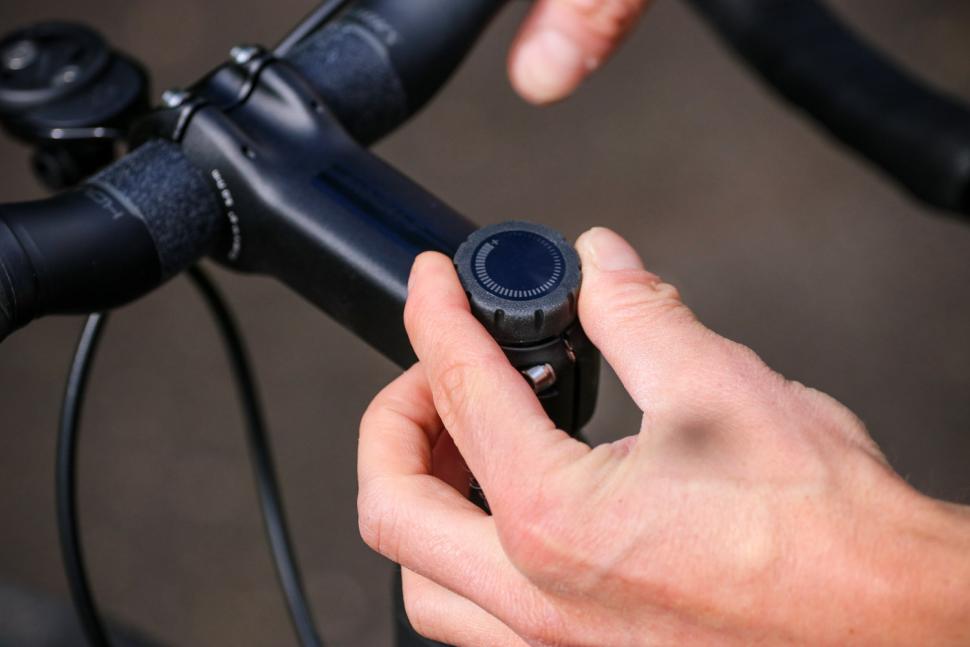

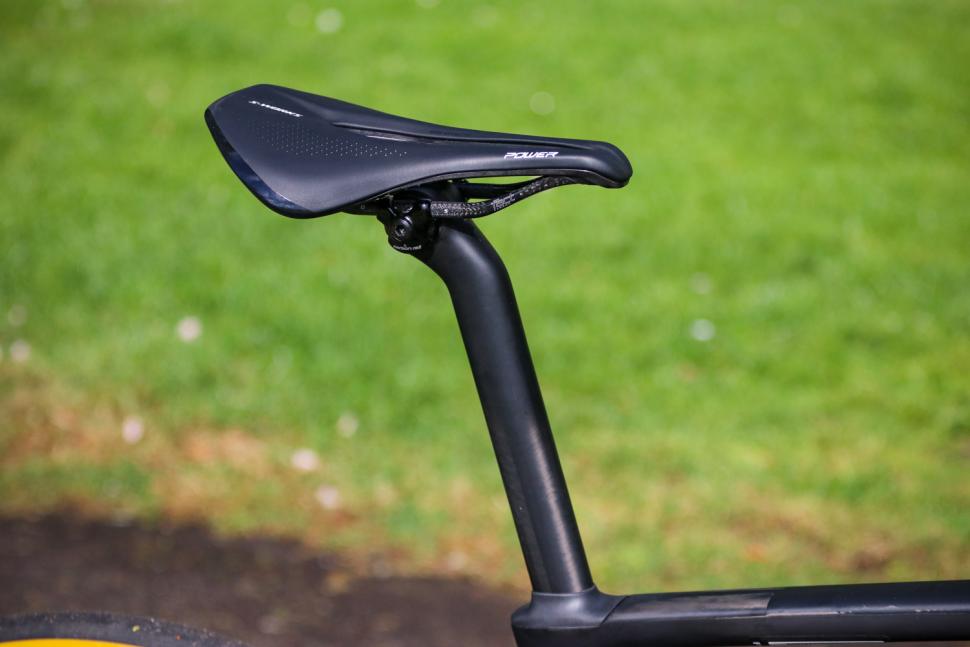

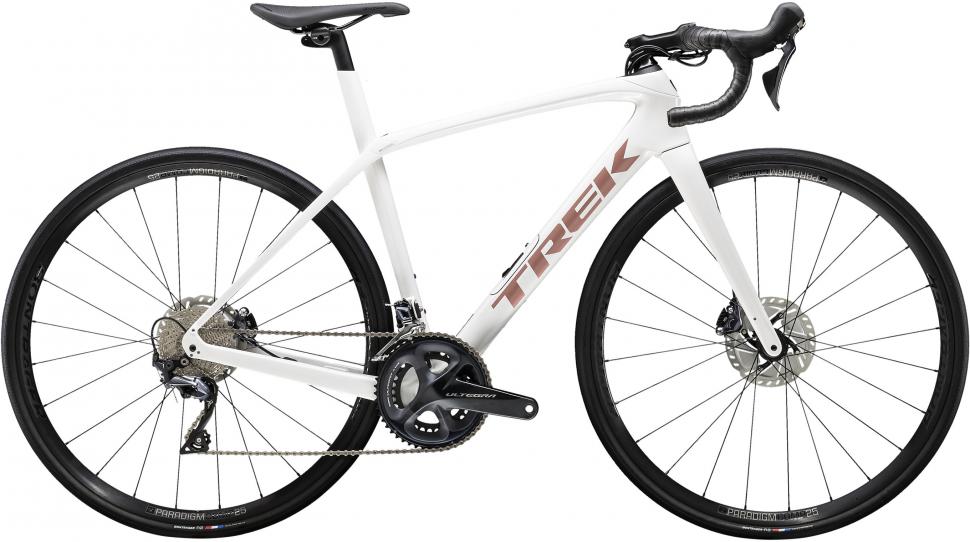

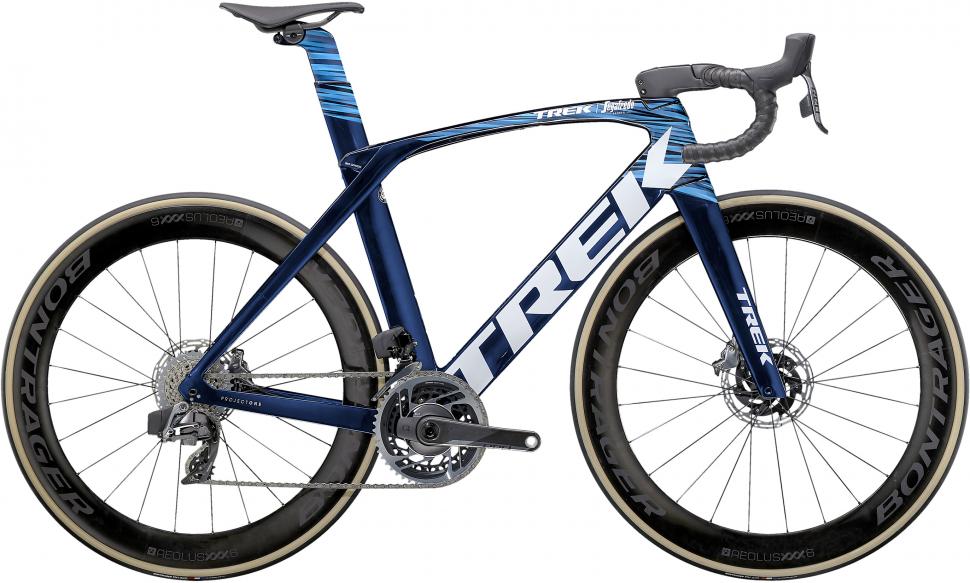
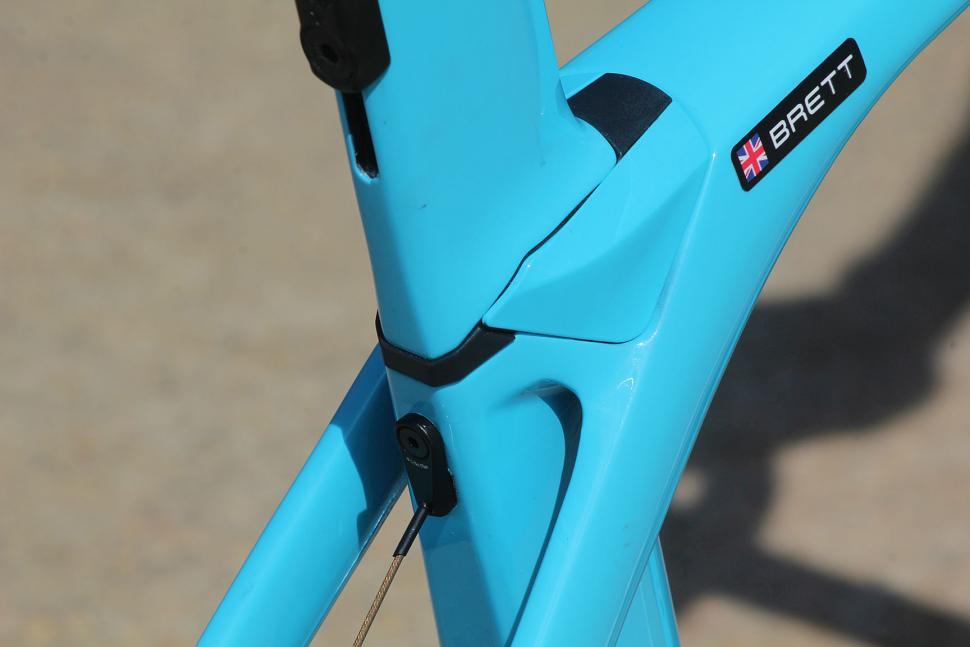


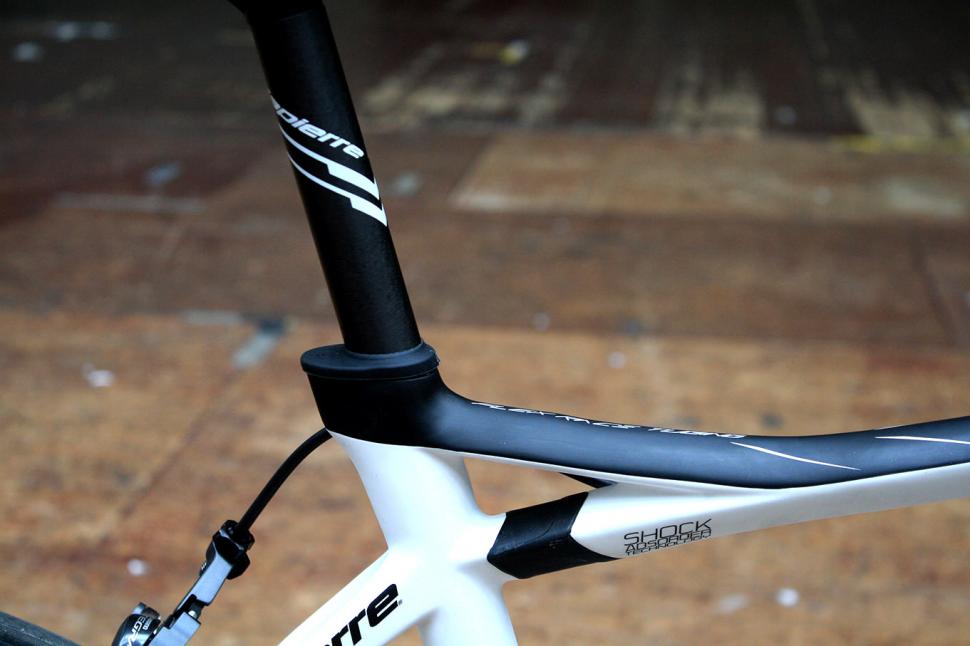
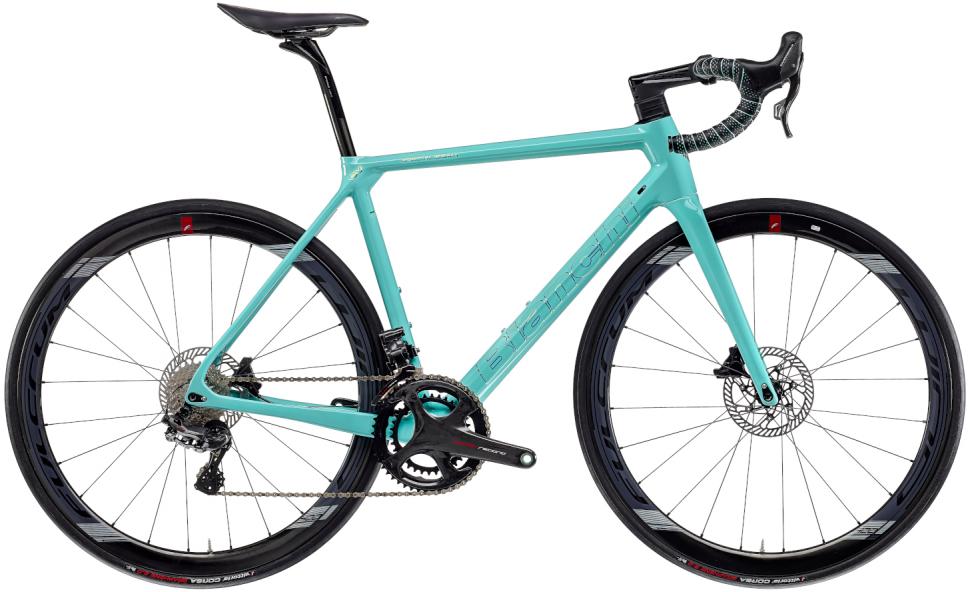


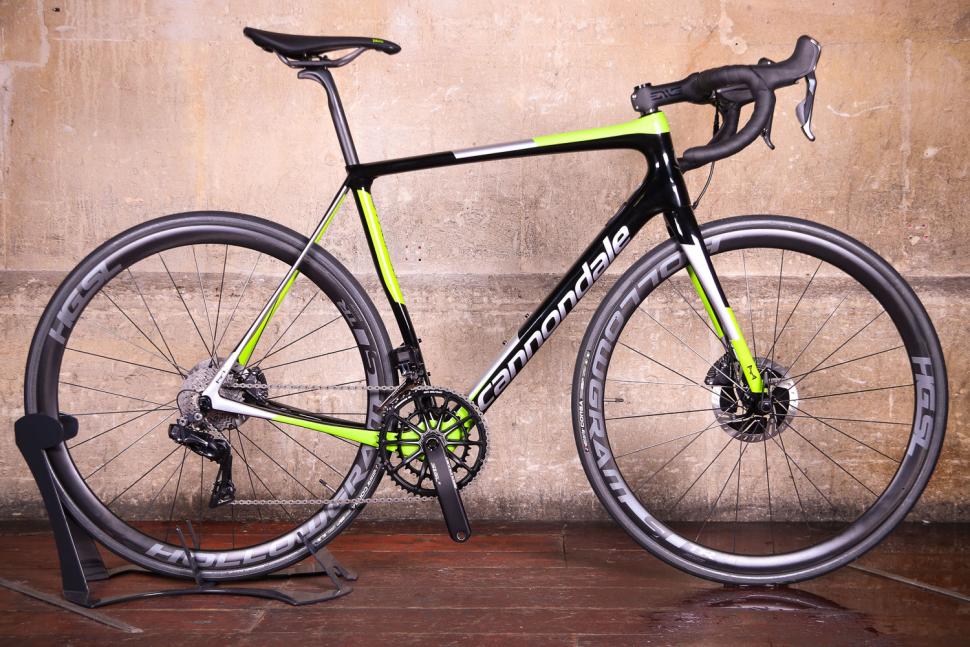
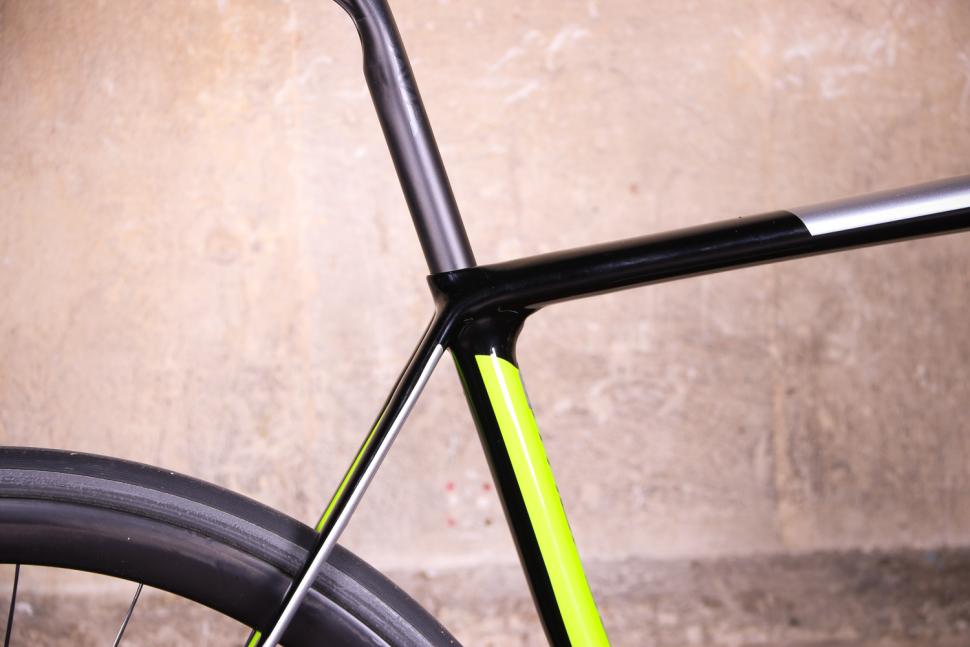
Add new comment
10 comments
Ah, Classics season is upon us so it must be time to resurrect this article!
I recommend a Brooks Cambium saddle. I was quite shocked when I first got one at the amount of flex on it, you can give it a good squish with your hand. Such a comfy saddle and that flex is great for the rough stuff. Initially I went for a C17 but it was a shade too wide and the C15 is the one for me (try to find somewhere where you can get your seat bones measured). Now I've got one on each bike; both aluminium frames. So good, and seems like a reasonable investment when you consider what you'd have to pay for fancy seatposts and such.
I love mine. It's the only saddle (so far) that I simply never think about when I'm riding.
I ended up with the widest C15 carbon, which is about as wide as a C17.
Strange enough in almost every other article a Ti or steel bike is shown or mentioned. Now, in an article about comfortable frames, not a word about these materials.
How about a Hetchins then?
Wondrous seat and chainstay innovation since 1934. I'd really like to try one but somehow doubt I'll ever get to own one.
I posted a picture but realized it was copyright. See hetchins.org for some really lovely looking bikes.
I'm riding a Domane SLR - and it's great. The Iso decouplers really make the ride comfortable, on some fairly awful roads, around here. A little bit of extra weight, from that tech, but you can identify that trade-off quite exactly, and assess whether it works for you (for me, it totally does). I like that the compromise is well-defined.
I find british roads bad enough on a hardtail with 2.3 slicks...I'd be interested in how these racers with these features feel in comparison.
Did read an article on wide tyres that implied most racers are really built for velodrome surfaces.
I do wonder when the latest 'aero, lightweight, fastest ever' race bike is released, just how many people actually ride them on the potholed, poorly surfaced UK roads.
Having had both a Synapse & Domane, as well as a TCR, my next machine will be something with wide tyres and compliance built in. The TCR is lovely, but 25/28mm tyres on awful roads isn't always fun.
I have an Argon18 Nitrogen, which is very 'aero'. I ride it all the time on the local goat track Oxfordshire roads, actually the ride quality is surprisingly good on 25mm @ 75-80psi. I would expect to improve it further with some carbon bars and wheels.
Its nice having these suspension aids. Outside a full suspension bike, the best suspension is large tyres, low pressure.
Get a gravel frame bike